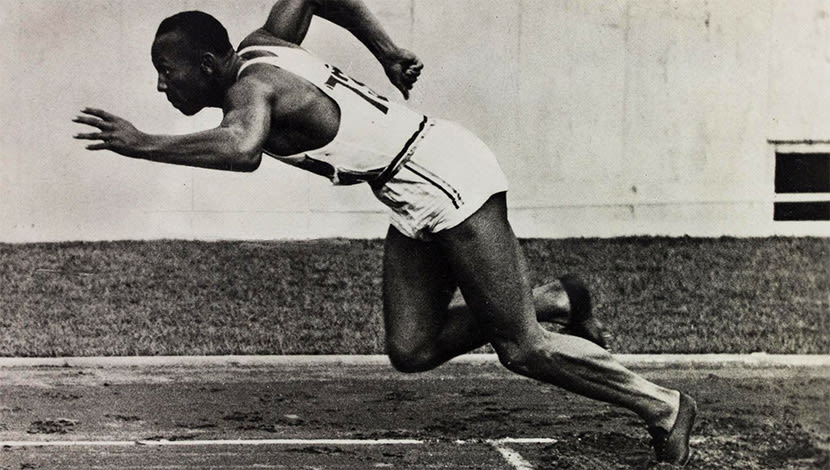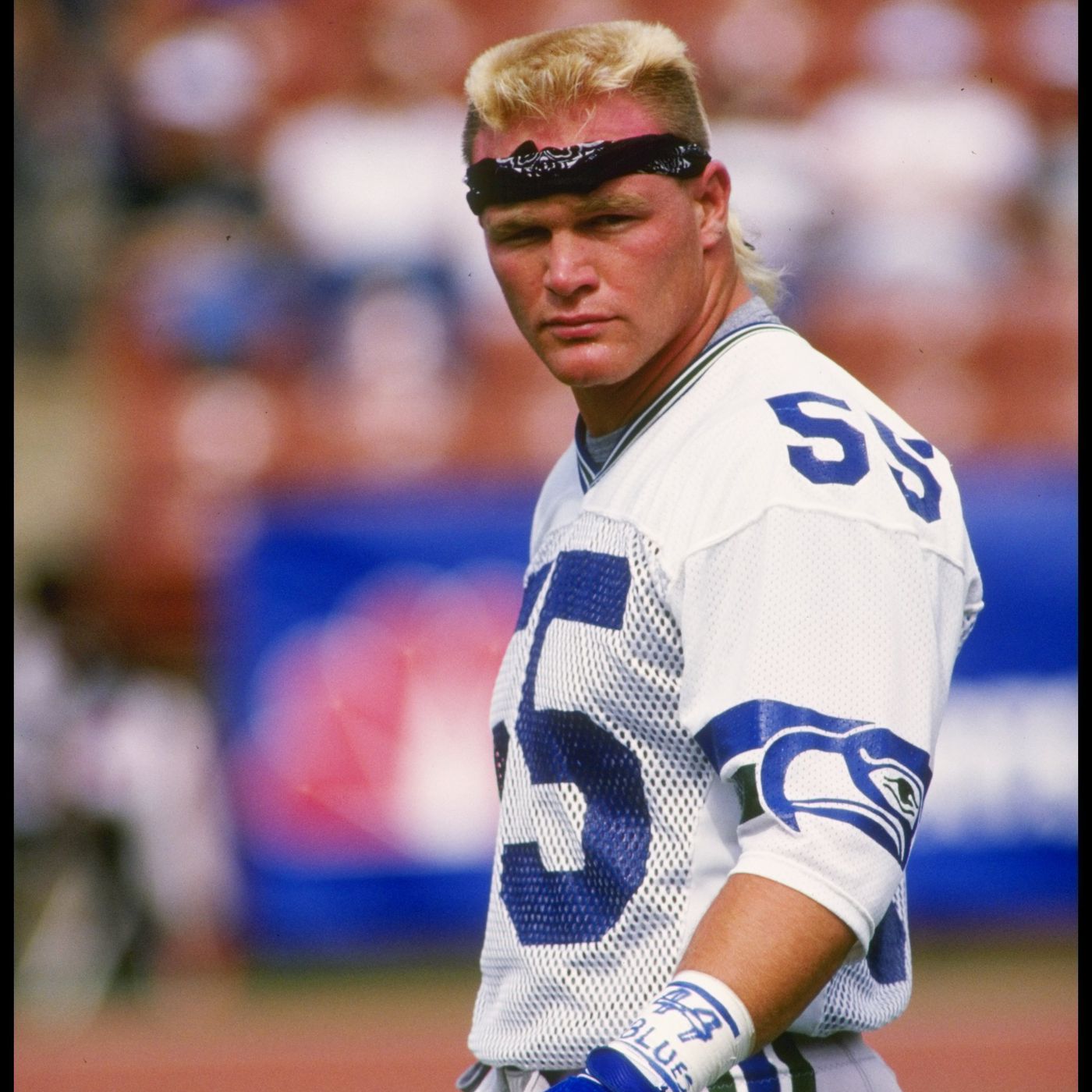The Michigan-Ohio State rivalry is one of college football’s finest. The series of games played between 1969 and 1978 – The Ten Year War – were some of the fiercest the two schools have played.
In 2000, ESPN ranked Michigan – Ohio State as the greatest sports rivalry in North America.
Located in Ann Arbor, the University of Michigan was founded in 1817 – 20 years before the Michigan Territory became a state . Dubbing itself “The” Ohio State University and situated in the state’s capital city of Columbus, the former Ohio Agricultural and Mechanical College has grown into the third-largest university campus in the U.S. Separated by just 180 miles, the institutions do not much care for each other. The Buckeyes call their rival “that team up north,” while Wolverine backers have such disdain for the scarlet-and-gray that they refer to them as Ohio, irreverently dropping “State” from the school’s name.
The tackle football rivalry between Michigan and Ohio State began in 1897 and has renewed annually since the University of Michigan rejoined the Big Ten Conference in 1918. Played at the end of the regular season and known as “The Game,” the contest has been held at Ohio Stadium since 1922 and Michigan Stadium since 1927. The Game has decided the Big Ten title between the two schools 22 times, and has affected the determination of the conference championship an additional 27 times. Michigan hosts the matchup in odd years, Ohio State in even. Through 2016, the teams have met 113 times, with the Wolverines holding an advantage, 58-48-6.
Wayne Woodrow “Woody” Hayes was a former tackle at Denison University, a Division III powerhouse located in Granville, Ohio, 30 miles east of Columbus. Hayes coached at his alma mater before beating out the legendary Paul Brown for the head position at Miami. Hayes became head coach at Ohio State in 1951, and remained at the helm until 1978. In 28 seasons in Columbus, Woody went 238-72-10. He won 13 Big Ten titles, five national championships and was a two-time National Coach of the Year. Hayes coached 29 first-round NFL draft picks, 56 All-Americans, and three Heisman Trophy winners.
A native of Barberton, Ohio – a suburb of Akron, Glenn Edward “Bo” Schembechler played tackle for Hayes at Miami. After graduating in 1951, he served as a graduate assistant for Hayes at Ohio State. He was promoted to offensive line coach, and remained with Hayes at OSU until he was made head man at Miami in 1963. In six seasons in Oxford, Schembechler led Miami to a 40-17-3 record and two Mid-American Conference titles. Following the resignation of Bump Elliott after the 1968 season, he was named the 15th head coach in Michigan history. Schembechler coached Michigan until 1989. In 21 seasons in Ann Arbor, he went 234-65-8, winning 13 Big Ten titles and being named college football Coach of the Year three times. Bo mentored 13 first-round NFL draft picks and 39 All-Americans.
The Ten Year War featured some of the greatest games in college football history. The series pitted Hayes and Schembechler against each other in classic teacher-versus-student matchups. Usually, the Big Ten title and a trip to the Rose Bowl were at stake, and in some cases, a national championship.
Under Hayes, Ohio State won 12 of 18 games against Michigan between 1951 and 1968. In 1958, OSU led, 20-14, when Michigan fullback Gene Sisinyak was going in for the winning touchdown on the final play of the game, only to be stripped by Buckeye defensive tackle Dick Schafrath, forcing a fumble that iced the game for Ohio State. In the 1968 contest, the Bucks scored a touchdown late in the fourth quarter of a rout to make it 50-14, then unsuccessfully attempted a two-point conversion. When asked why he went for two with an already-insurmountable lead, Hayes quipped, “Because I couldn’t go for three.” The victory gave top-ranked Ohio State their first Big Ten title in seven years as they went on to capture a national championship. The 1967 game, won by the Buckeyes, was the first played before over 100,000 fans.
Michigan has the most wins and highest winning percentage in college football history. Under Elliott, who had five losing seasons in his ten years in Ann Arbor, the Wolverines had fallen upon hard times. Enter Schembechler, who so impressed Michigan administrators he was hired 15 minutes into his interview.
The 1969 Buckeyes were touted as the greatest college football team of all time. The returning national champions featured All-Americans Rex Kern, Jack Tatum, John Brockington and Jim Otis. No team had come within four touchdowns or scored more than 21 points against Ohio State all season. Michigan came into The Game 7-2 and were installed as a 17-point underdog. On a gray Saturday in late November, a then-record crowd of 103,588 poured into “The Big House,” as Michigan Stadium had come to be called, to see the Wolverines take a 7-6 lead. It was the first time OSU had trailed all year. The Wolverines built their lead to 24-12 by halftime, then forced seven Buckeye turnovers in the second half secure the upset.
The following year, Hayes had a rug made proclaiming the 1969 result and placed it in the Buckeye locker room so his players would have to see it every day. Both teams came into the 1970 contest undefeated. Michigan was ranked fourth while the Bucks were ranked fifth. Seeking revenge, OSU rolled up 329 total yards to Michigan’s 155 and prevailed easily, 20-9.
The 1971 Michigan Wolverines had shut out three opponents and led the nation in scoring defense. They entered The Game undefeated and ranked third in the land. Having lost 17 starters to graduation or the NFL, Ohio State was rebuilding. With three losses, the Bucks were playing for pride. The score was 10-7 late in the fourth quarter when Ohio State threw an interception. Hayes screamed for an interference call, which did not come. The fiery coach launched into a profanity-laced tirade at referee Jerry Markbreit, tore up the sideline markers, and drew a penalty flag for unsportsmanlike conduct. After throwing the flag into the crowd, Hayes speared the down marker into the turf like a javelin. He was ejected, fined $ 1,000 and later suspended for one game. UM won the contest in Bo’s only undefeated season.
Archie Griffin burst onto the scene as a freshman in 1972. The only two-time Heisman Trophy winner in history never lost to “that team up north,” leading OSU to three wins and one tie from 1972 to 1975. The 1973 game – the Vote for the Roses – was the most controversial of the series. Both teams came into the game undefeated. Ohio State was the top-ranked team in the country, while the Wolves were fourth. In a fierce defensive battle, the game was tied 10-10 when Michigan’s Mike Lantry missed a 44-yard field goal with 24 seconds left, resulting in the first tie in the rivalry since 1949. The Big Ten athletic directors were called upon to vote for the conference’s Rose Bowl representative, won by OSU by a 6-4 margin. The Buckeyes went on to trounce USC in the Rose Bowl, while undefeated UM was not invited to a bowl and stayed home.
Michigan won the last three battles of the Ten Year War. In 1976, they drubbed OSU, 22-0, for their first win in Columbus since 1966. UM followed that up with a 14-6 victory in 1977 and ended the decade-long warwith a 14-3 victory in The Horseshoe the following year.
In the 1970s, Michigan and Ohio State so dominated the conference that the Big Ten came to be known as the “Big Two and Little Eight.” The schools tied for the conference title six times in nine years, with Bo holding a narrow 5-4-1 lead over his former mentor. The Ten Year War ended in 1978, when Hayes was fired following a meltdown in Jacksonville, when he punched a Clemson player after he intercepted an Art Schlicter pass in the Gator Bowl. “If Bo is not a winner, I never saw one and I should know,” said Hayes after his retirement in 1978. “He beat me the last three games we played. We’ve fought and quarreled for years but were great friends.” Schembechler continued coaching Michigan for another 11 seasons, winning five more Big Ten championships before retiring after the 1989 campaign. “There was plenty to criticize about Woody Hayes,” Bo said. “His methods were tough, his temper was, at times, unforgivable. And, unless you knew him or played for him, it’s hard to explain why you liked being around the guy. But you didn’t just like it, you loved it.”
Michigan and Ohio State renew their rivalry in two months, when they meet in the Big House in Ann Arbor on November 25. It will mark the 114th meeting between the two schools.









